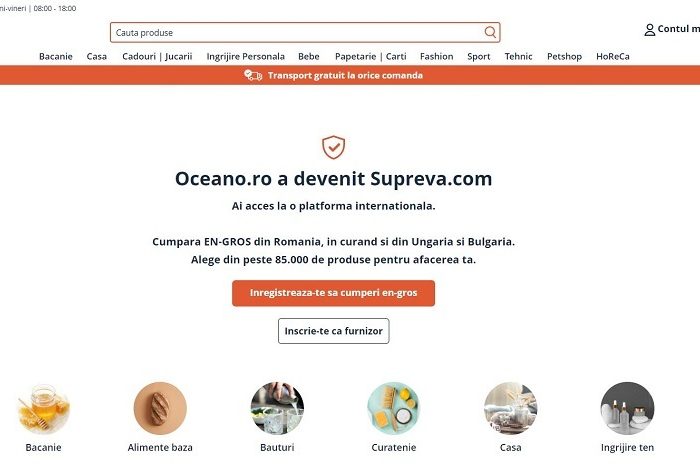ANIS study: The software industry contributes 13.6 billion Euro to the Romanian economy

ANIS, the Employers’ Association of the Software and Services Industry, presents the results of the largest industry study to date. Among the topics addressed are the evolution of the software and services industry, the comparative sectoral analysis of Romania with other countries, the contribution of the industry to the Romanian economy, as well as the impact of possible scenarios for the development of the industry.
“We all know that the IT industry is one of the basic pillars of Romania’s economic development, that our specialists are among the best in the world and, although the industry is constantly growing and making relevant contributions to the state budget, we still face with a shortage of labour. We conducted this study precisely in order to have an accurate picture of the industry and to present different scenarios for the evolution of the industry in the next four years. Depending on the measures taken or not as soon as possible, Romania may become a technological hub in the region or may lose its competitiveness relative to the IT industry, with considerable effects for the national economy, in both situations,” said Mihai Matei, President of ANIS.
According to the study, the software and services industry brings a contribution of approx. 6.2% of GDP, which amounts to approx. EUR 13.6 billion. Breakdown, EUR 8.8 billion direct impact represents gross operating surplus, taxes and personnel expenses, EUR 2.6 billion indirect impact – economic transactions with Romanian suppliers of industrial enterprises and EUR 2.2 billion induced impact – salaries spent in the national economy by directly and indirectly supported employees.
At the same time, the software and services industry is growing 3 times faster than the economy. If in the last five years analysed (2015-2020), Romania’s economic growth was 6%, the industry registered an increase of 17%.
According to the study, approx. 270,000 employees are supported in total by the software and IT services industry, respectively all employees who exist, on average, in two counties in Romania. Specifically, they are 135,000 employees in companies with main activity in software and IT services (direct impact), over 73,000 employees supported along the Romanian supply chain of companies in the industry (indirect impact) and over 65,000 employees supported by salaries spent in the national economy.
The industry also has the fastest growth rate of employees in the last five years, an annual increase of approx. 10,000 people. Although the demand for labour in the ICT sector and, implicitly, in the software and IT services industry, is constantly growing, there is a significant shortage of specialists, of approx. 10,000 / year.
Of the more than 203,000 ICT specialists (in all companies, including those with secondary activity in the sector), the total number of employees benefiting from the income tax exemption, as a result of the activity of creating computer programs, is approx. 104,000, respectively a percentage of 51%.
However, the software and IT services industry brings to the state budget revenues from contributions and fees of approx. EUR 1.3-1.4 billion, which means that the exempt SW & IT employees bring in approx. 2 times more contributions to the state budget, compared to the average in the national economy.
Also, according to the ANIS report, for every EUR 1 that the state does not collect from income tax, the employee in the SW & IT industry spends EUR 46 in the economy.
Romania currently has the third largest base of specialists in the EEC and a growth 1.2 times higher than the region. Although Romania has the lowest density of companies compared to neighbouring states and a relatively low performance in innovation, tax facilities are currently a regional competitive advantage. According to ANIS representatives, in the absence of additional measures to support the IT industry, competitiveness in the region will erode. At the same time, emigration will become more attractive to tech specialists, and staff costs and the growth rate of the industry will be in line with the CEE average.













